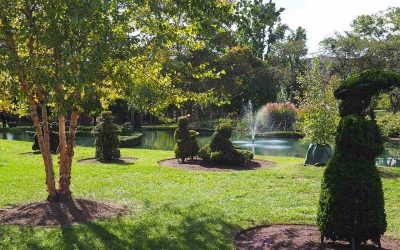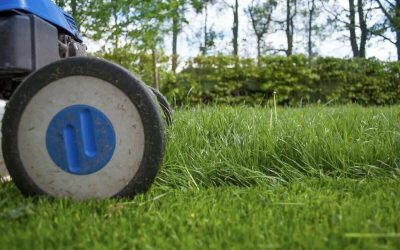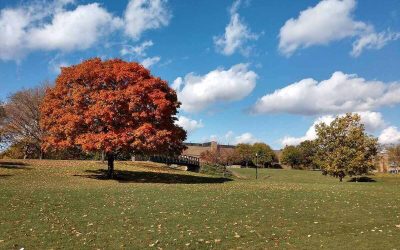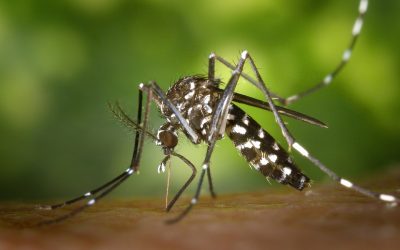Columbus, OH Lawn Care Guide
The #1 Lawn Care & Maintenance Resource for Columbus, OH Get Quotes NowYour QuickStart Guide to Lawn Care in Columbus, Ohio
We take pride in our lawns in Columbus. The grass that covers your landscape is like a cover to a book. People will assume that the inside of your home is just as pristine as your yard. Since it’s the first thing people see when they drive up to your house, you want it to be picture-perfect. Since we get more than the average amount of precipitation (more than 56 inches a year), that’s not tough to achieve.
We still need to water occasionally and mow often. How often you should mow, and water depends on the type of grass covering your landscape
The 4 Most Popular Grass Types in Columbus
Tall Fescue
Tall Fescue grass is perfect if you don’t want to spend a lot of time watering and maintaining your lawn. This variety is drought-resistant and will survive a hot, dry summer. It also holds up well during our cold winters.
It does grow quickly and will need mowing at least once a week. It looks best when mowed between 3 and 3 ½ inches.
Kentucky Bluegrass
This is the most common grass you’ll see on Columbus lawns. Kentucky bluegrass is actually an eye-catching shade of green, but in the spring, the bluish-purple buds tint the landscape blue.
As a cold-season grass, Kentucky bluegrass holds up well to winters here. It’s long-lasting and resilient to heavy foot traffic, It’s also more resistant than other grasses to disease. If you’re planting a new lawn, keep in mind bluegrass takes one to three months to establish itself, so it’s best to plant it in the spring or fall. We recommend mowing this grass to a height of 2 ½ to 3 ½ inches.
Perennial Ryegrass
Got kids and pets? Perennial ryegrass is perfect for your yard. As one of the toughest sods, it can stand up to heavy foot traffic and hot and cold weather. Like Kentucky bluegrass and fescues, it continues to grow in poorly drained soil. It’s best to keep this grass shorter, 1 ½ to 2 ½ inches.
Buffalo Grass
Buffalo grass is a turf you can plant and almost forget about. It’s extremely versatile and doesn’t require a lot of attention. It’s also durable and can bounce back after heavy snow and a lot of foot traffic. You should mow Buffalo grass at a height of 2 ½ to 3 ½ inches.
Columbus Lawn Maintenance Tips
Mowing Tips
Never cut more than one-third of the height of your grass. If your grass is too short, it is vulnerable to pests and diseases. Most turfs need a weekly mow until late fall when the growth slows down or stops. Consider varying the pattern and direction each time you mow. Otherwise, your grass blades will lean in one direction, making your lawn look unbalanced. After mowing, leave the clippings behind. They will decompose and fertilize your lawn. If you hire a lawn service professional, make sure to remind this person.
Keep Your Mower Blades Sharp
Dull mower blades will tear the grass instead of cutting it. As a result, your lawn will turn brown. With sharp mower blades, you only need to pass over your lawn once instead of several times to get the job done. Most hardware stores can sharpen them for you, or you can do it yourself in less than an hour. Just make sure you disconnect the spark plugs first.
Set the Right Blade Height
You can adjust the cutting height by raising or lowering the mower’s wheel. Look on the side of your lawnmower and find a knob or lever that adjusts the height for your grass type.
Overseed
Your lawn will start to look tired and worn out after a summer of use. By raking up all debris and thatch and spreading fresh seed, you can replenish some of those bare patches over the fall and winter. A thinning lawn is an invitation for weeds and pests. You can spread seed over the smaller areas by hand, or rent a seed spreader for the entire lawn.
Aerate and Fertilize
Your soil can become compacted after a summer full of heavy traffic. Poking tiny holes in the lawn, or aerating, gives the grass a chance to take in more moisture and nutrients. It also raises the lawn’s resistance to diseases and pests. Do this in the fall, just before you add fertilizer. Fertilizing the lawn at the end of September will help it make it through the cold winter. Before deciding which fertilizer to use, find out what your lawn needs. You can get a home soil test kit at your local home improvement store. The extension office at the Ohio State University can recommend labs in your area to test the soil for you.
Water
In spite of all the rain Columbus has seen recently, your lawn may need a little more moisture before it goes dormant over the winter. Keep your sprinkler ready until the first frost. A few good soakings will give the roots of the grass the strength it needs to make it through the winter. You also want to make sure the new seeds and fertilizer work their way into the soil. Check with the city or Wikilawn’s post for lawn watering restrictions in your area.
Soil Testing
Soil tests often provide valuable insight into what’s going on in your soil. According to Ohio State, “Soil tests provide more helpful information on soils than any other resource.” Soil tests take the guess work out of lawn care so that you can make informed decisions on what fertilizers and treatments apply to your lawn. “A standard soil test will provide information on soil pH, cation exchange capacity (CEC), lime requirement index and base saturation” according to Ohio State’s website. The cost of most soil tests is under $100.
Winter Care
While you won’t be mowing in the winter, you can’t completely forget about your lawn. It’s crucial that you rake up the leaves, or mulch them finely with your mower. Wet leaves that pile up will suffocate your lawn and invite disease. Be sure to remove any lawn furniture from the grass and avoid walking on the lawn when it’s covered with snow or frost. This could damage the lawn when it’s dormant.
As the snow melts, even out or remove large piles. A concentrated pile of snow could weaken the lawn and make it hard for it to bounce back when spring arrives.
About Wikilawn
Wikilawn strives to be the #1 resource about lawn care in your region. From in-depth soil guides to lists of the top lawn care pros near you’ we’ve got you covered.
Landscaping Trends in Columbus, OH
*All photos on the Wikilawn website are free for commercial or non-commercial use. Visual attribution is required.
Trend #1: Ground Coverage You Can Eat!
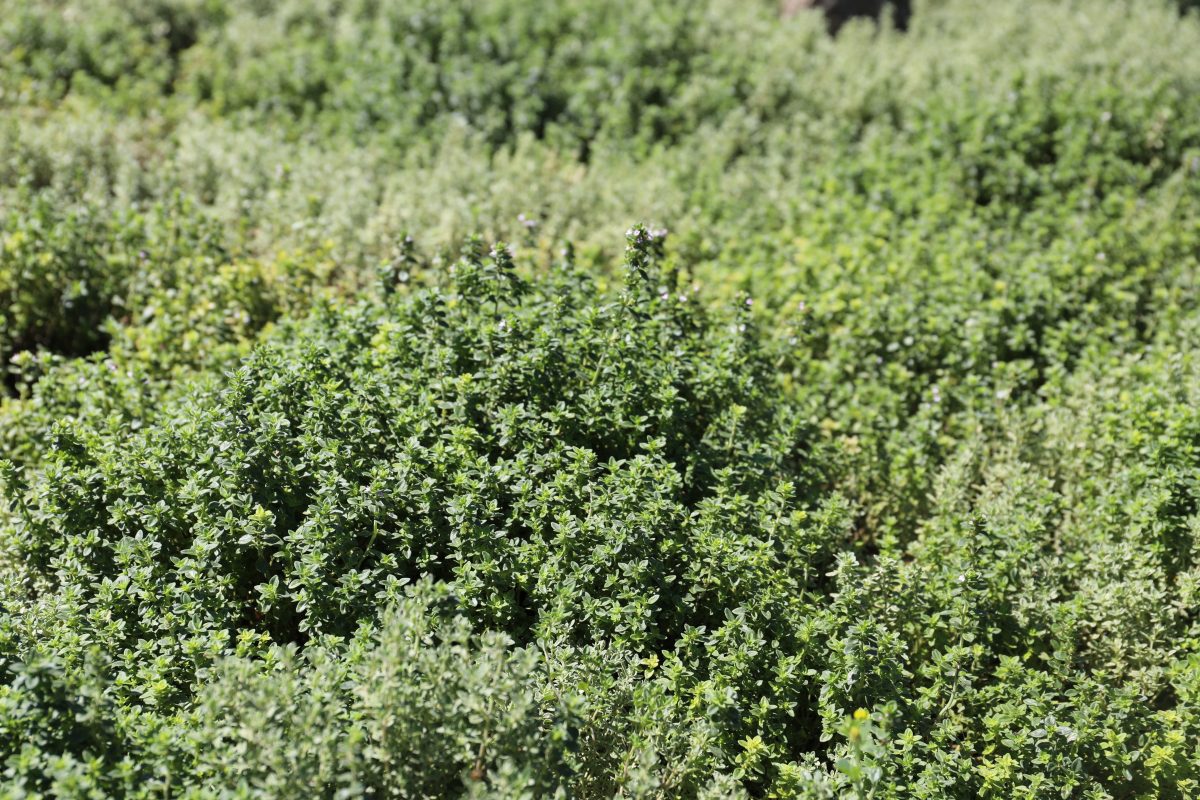
Trend #2: Annual Sage is All the Rage in Cooler Climates
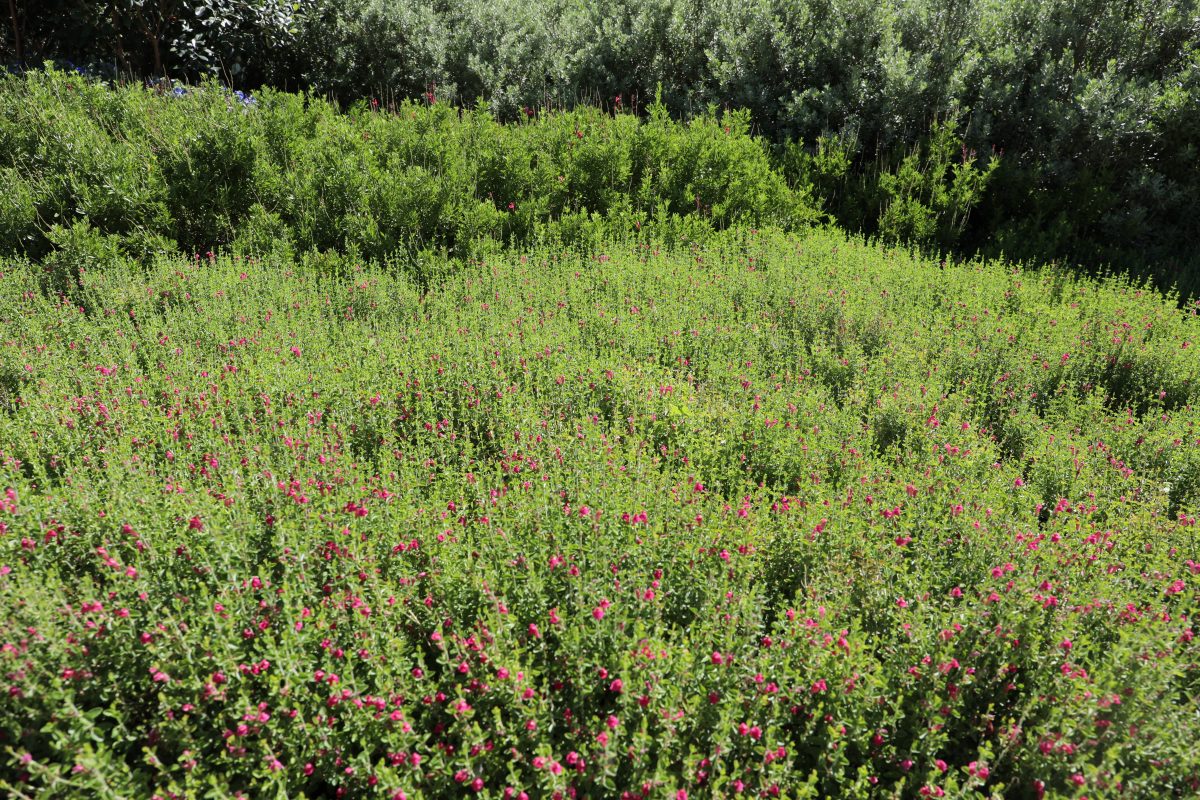
Trend #3: Stacked Stone Walls with Natural Landscape
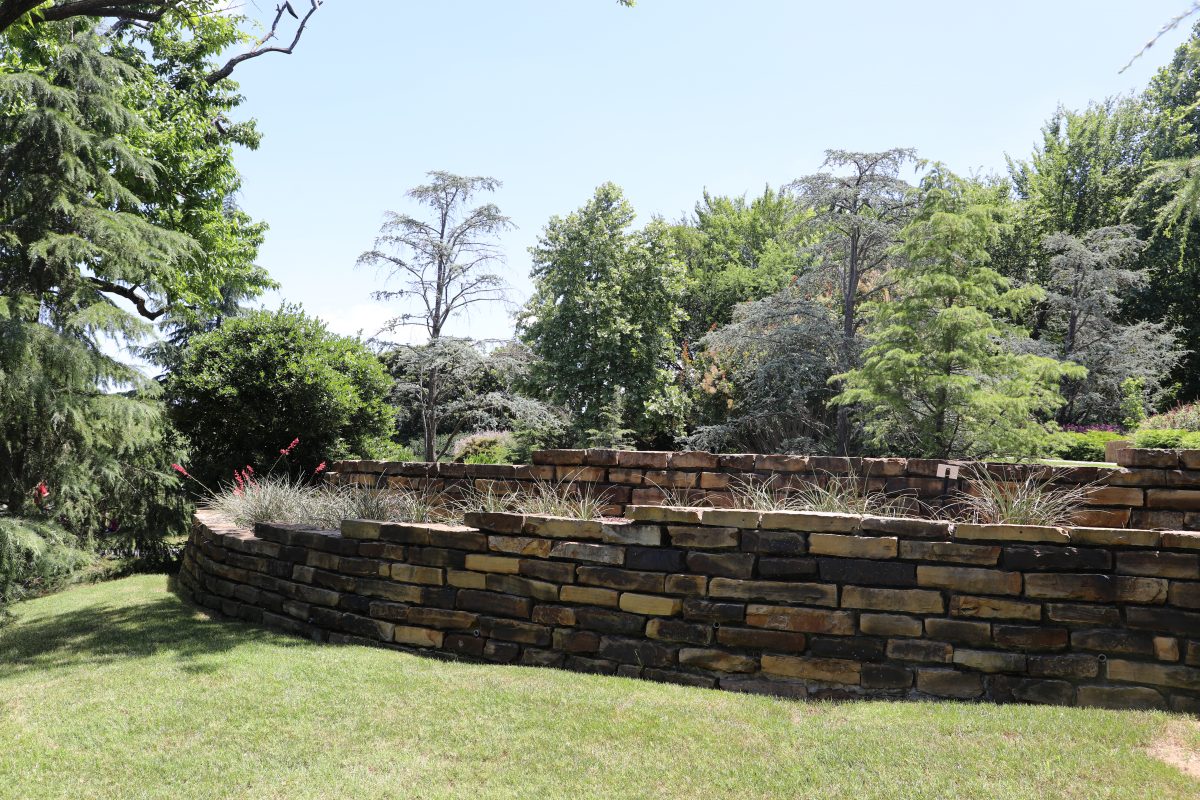
More resources about lawn & garden care in Columbus
4 Best Grass Types for Columbus, OH
Everyone wants a fabulous lawn, but who wants to work for it, especially when the weather doesn't always work in your favor? Well, there are four best grass types for Columbus that can transform your backyard without much effort on your part. The Discovery City is...
Fall Lawn Care Checklist for Columbus, OH
Don’t wait until the last minute to start your outdoor winter prepping. Fall weekends can get awfully busy, but there’s no doubt certain outdoor activities shouldn’t be put on the back burner. Make it a priority to check these tasks off your fall lawn care checklist...
8 Spring Lawn Care Tips for Columbus, OH
Columbus is known for the Ohio Statehouse, a love of football, its arts scene - and unpredictable weather. While it’s hard to compete with Scioto Mile’s perfect green spaces, transforming your Arch City yard into a lush oasis isn’t as hard as it sounds. We’ve...
Your QuickStart Guide to Lawn Care in Columbus, Ohio
We take pride in our lawns in Columbus. The grass that covers your landscape is like a cover to a book. People will assume the inside of your home is just as pristine as your yard. That's why this quickstart guide to lawn care in Columbus is crucial. Contents: The 4...
4 Best Grass Types for Columbus Lawns
If you’re looking for new grass on your capital city lawn, we have four choices for you to consider: Kentucky bluegrass, perennial ryegrass, tall fescue, and fine fescues. Columbus, Ohio, lawns need cool-season grasses to endure the wide temperature swings...
Worst Pests in Columbus and How to Get Rid of Them
You look forward to it all year long: backyard barbecue season. But the bugs really put a damper on things — especially in Central Ohio where heat, humidity, and rain attract the worst pests in Columbus. Mosquitos, stinkbugs, ticks, crickets, and other...




